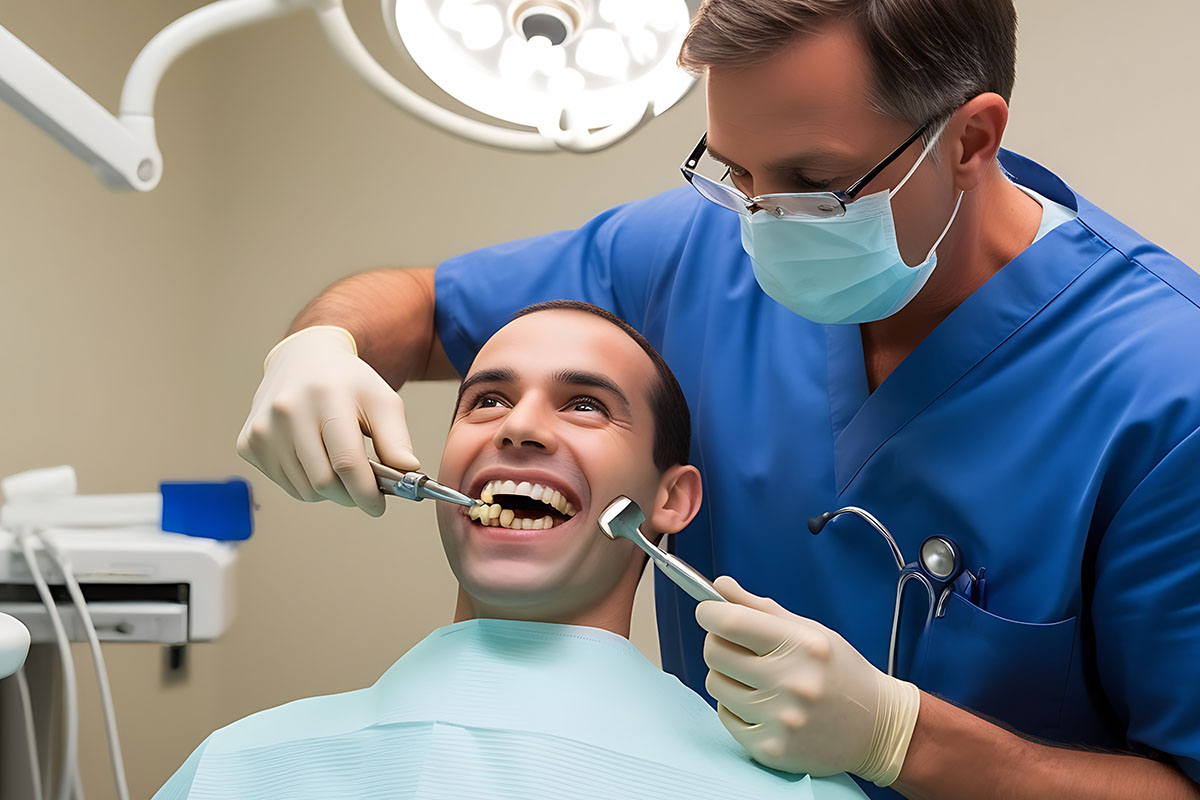




Tooth removal at our hospital typically involves the following steps:
For third molar (wisdom tooth) extractions and complicated surgeries at Sevarth Smile Care, Here’s a general outline of steps,
Tooth removal may be necessary due to severe decay, infection, crowded teeth, damage, or gum disease. Wisdom teeth are also commonly removed to prevent future complications.
The dentist or oral surgeon will numb the area with a local anesthetic. If the tooth is impacted, surgical removal may be necessary. Once the tooth is removed, the area will be cleaned and you’ll be given instructions for aftercare.
The procedure itself is typically painless due to anesthesia, but you may experience some discomfort during recovery as the numbness wears off.
Recovery time varies but generally takes about 1-2 weeks for soft tissue healing. Full recovery, especially for more complex extractions, may take longer.
Follow your dentist’s instructions carefully. Common recommendations include applying ice, avoiding certain foods, resting, and taking prescribed pain relievers.
Risks can include infection, bleeding, dry socket (where the blood clot in the socket dislodges), or damage to surrounding teeth. These risks are minimal with proper care and following the dentist's advice.
If you had sedation or general anesthesia, you will need someone to drive you home. After a local anesthetic, you should be fine to drive, but it’s best to avoid strenuous activities.
It's recommended to avoid solid foods for the first few hours. Stick to soft foods and avoid chewing near the extraction site. Do not drink through a straw to avoid dislodging the blood clot.
Mild swelling and discomfort are normal, but if you experience severe pain, excessive bleeding, or signs of infection (such as pus), contact dental surgeon immediately.
If not properly cared for, tooth extraction can lead to shifting of other teeth. Your dentist may suggest an implant, bridge, or other restorative options to prevent this.
We always take care of your smile
(+91) 931 640 1074, (+91) 834 760 1064
The goal of our clinic is to provide friendly, caring dentistry and the highest level of general, cosmetic, and specialist dental treatments.
© Sevarth Smile Care 2025 All right reserved.